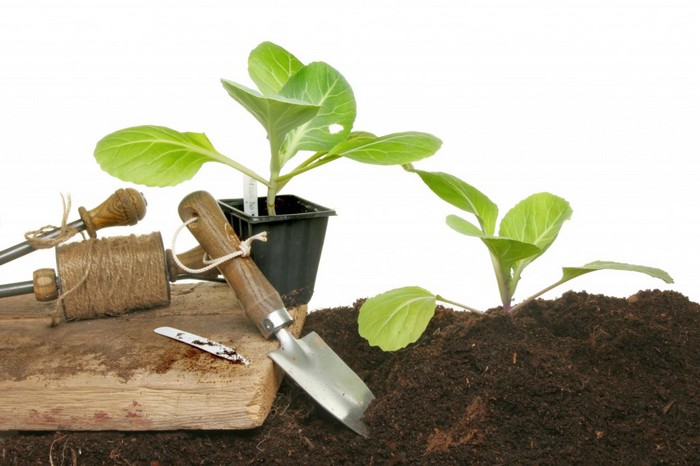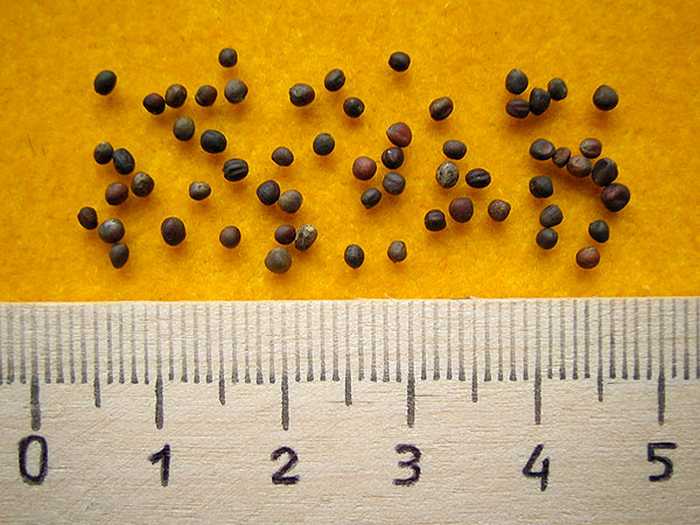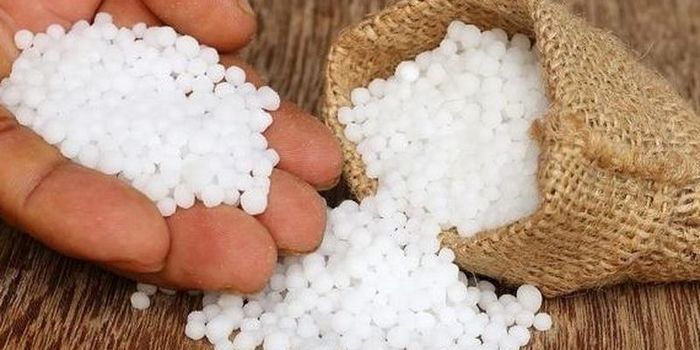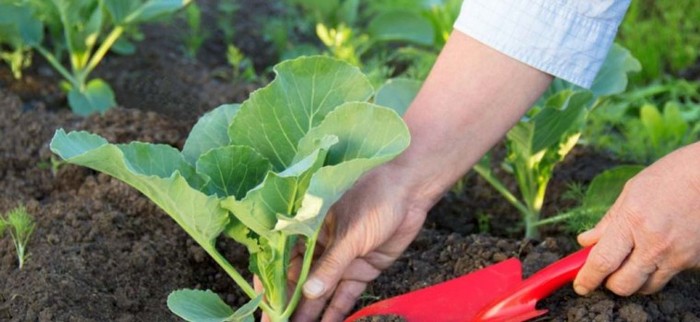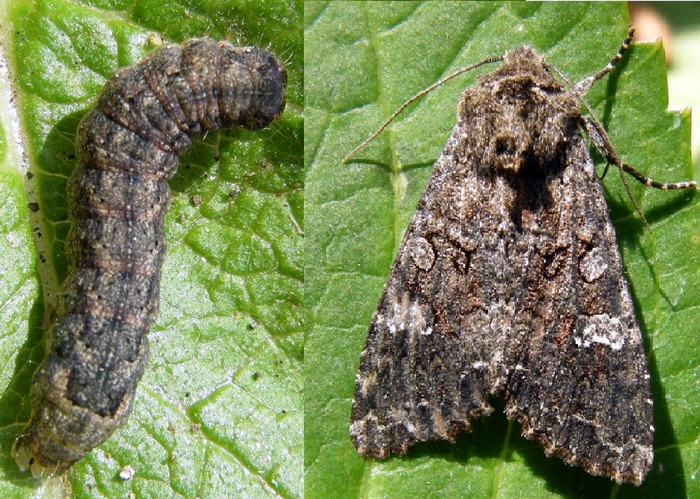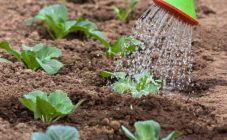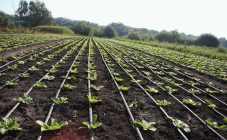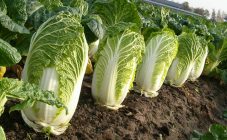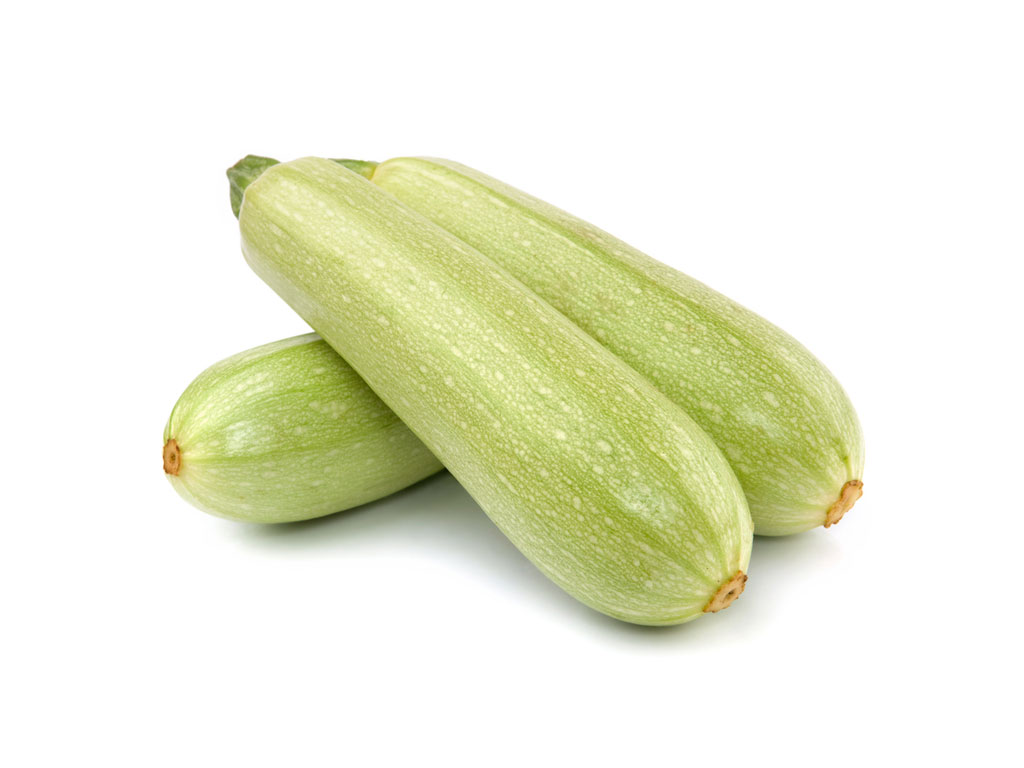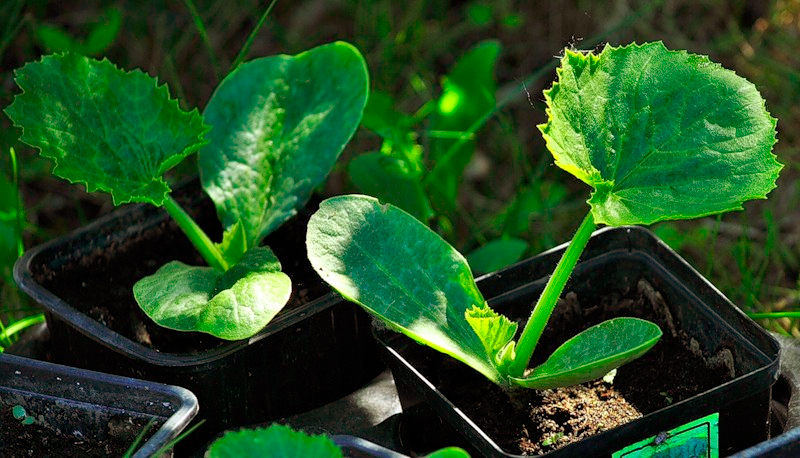Content:
Early cabbage is planted in order to be used as food, starting in the middle of summer. Such cabbage often forms small and loose heads of cabbage with soft green leaves. Early varieties are not used for long-term storage. Young cabbage does not have time to collect the required amount of sugar and therefore is not used for fermentation.
Popular varieties of early cabbage
Number one Gribovsky 147 is a high-yielding early ripening variety with amicable ripening of heads. The period from germination to full ripeness is 100-110 days. Heads of cabbage are rounded, weighing from 1.2 kg to 2 kg. The inner stump is short. The variety has excellent taste, with juicy, tender, crunchy leaves. Zoned throughout Russia.
The golden hectare is an early maturing variety that came from Europe. The head of cabbage is round, dense, weighing up to 3 kg, with high taste. Heads of cabbage have an average ripening time of 100 days after sowing the seeds. The variety is resistant to disease and cracking.
June is a well-known early ripening variety (90-110 days). Head of cabbage has an average size of 2 kg, resistant to cracking. The stump is through, the density of the heads is average. Suitable for outdoor cultivation.
Growing early cabbage
To select the planting time for cabbage, you should take into account the duration of its growing season, usually from sowing to the appearance of 6-7 true leaves, when you can plant seedlings in the ground, 45-60 days pass. Thus, sowing seeds in the middle lane
Russia is carried out in late March-early April. Planting seedlings in open ground is carried out in the month of May. When to plant early cabbage, the lunar calendar will also tell you, which is released for the current sowing year.
Seedlings can be grown independently from seeds, taking into account some of the characteristics of the culture. Cabbage is a moisture-loving crop, which makes it have quite a variety of pests and diseases. To prevent some diseases, seeds are treated before planting. Seeds can be disinfected in solutions of potassium permanganate or phytosporin for about 30 minutes. For preparation, seeds are also soaked in hot water and germinated in a damp cloth. You should choose one method of processing.
A feature of growing cabbage seedlings is that it does not tolerate room temperatures after germination, preferring lower ones, about + 10C °. Therefore, the best way is to grow seedlings in greenhouses or on cool loggias.
The soil for growing seedlings is prepared fertile, loose, with good moisture permeability. An example of a soil mixture: in equal parts, take garden soil, peat and humus. You can also add handfuls of sand and ash. There must be a drainage hole in the planting container.
Seeds are sown, as one seed at a time, and thickened, followed by a pick. Pickling cabbage - transplanting seedlings into a separate container, is done with great care, because the root system of the culture reacts very capriciously to the transplant, the cabbage can get sick and not take root. They dive at the stage of appearance of cotyledonous leaves.
It is recommended to sow seeds without burying them in the soil.Crops may not be covered with a surface layer of earth or sprinkled with a small amount of soil. An interesting way of planting is using loose, light snow. So, fresh snow is laid in the planting box, on top of the soil. Gradually melting, the snow presses the seeds well to the soil and allows you to maintain the desired moisture.
When sowing seeds is carried out at home, initially the planting containers with seeds are placed in a dark, warm place, covered with a bag or film. This creates the right environment for the first shoots to appear. It is very important not to miss the moment of emergence of seedlings, open the planting containers at this time and rearrange them to the light.
After the shoot loop straightens out and the first cotyledon leaves appear, which are not real, the seedling containers are transferred to a cool place. If the air temperature drops, the seedlings need to be covered with spunbond and, in some cases, additionally on top with a film.
Transplanting seedlings into open ground
It is recommended to harden the seedlings before transplanting, gradually increasing the residence time at a lower temperature and in conditions of more air and light. To do this, open the windows of the greenhouse or take the seedlings out into the street.
A bed for growing cabbage is prepared in advance. A high-quality harvest of early cabbage is possible only on fertile soil. The culture does not grow on acidic soils; deoxidation with lime or chalk is required. Of organic fertilizers, manure, humus, compost are best suited. Cabbage is responsive to ash fertilization. Of the mineral fertilizers, ammonium nitrate, ammonium sulfate, superphosphate and potassium salt, complex compounds are used. The correct way to fertilize and dig up the ridge, starting in the fall of the previous season, and in the spring to loosen the soil before planting seedlings.
Cabbage is planted in open ground in late April, early May. The planting scheme is staggered, with a distance between seedlings of 50 cm, the distance between rows is maintained at 30 cm. For transplanting seedlings, a hole is dug out, spilled with warm water. The seedling is transferred together with an earthen lump, then it is covered with soil from the garden and lightly pressed. If there are a large number of seedlings, then they are transferred from the greenhouse in parts, making several gradual plantings.
After planting in open ground, cabbage should be shaded, for example, half-closed in arcs with a covering material. The constructed greenhouse will also come in handy in case of recurrent frosts.
Harvesting begins in mid-June, trying to avoid late harvest, otherwise the heads of cabbage will outgrow and may begin to crack.
Seedless planting method
There is also a reckless way to grow cabbage. At the end of April, the seeds are sown by direct sowing into the ground. Sow on well-shed soil or after rain. To cover crops, you will need five-liter plastic bottles. Using a lid from such a bottle, a depression is made in the soil and several seeds are planted in one hole.
In the case of germination of several seedlings at once, one of the strongest is left, the rest of the shoots are carefully cut, without pulling out, so as not to injure the root system of the remaining plant.
The bottom of the bottle is cut off and its seedling is closed, the neck should be directed upwards, then watering is carried out through this neck without removing the shelter.
Seeds planted by direct sowing are considered to be stronger and more hardy, but their germination rate may decrease and remain unknown.
Cabbage pests and control methods
Cabbage has a large number of pests: various butterflies (scoop, whiteworm, moth), flies, aphids, slugs, fleas, about 30 harmful insects in total.
The peculiarity of protecting cabbage of early ripening is that it cannot be sprayed with chemical insecticides. You can fight pests only with the help of folk remedies. On early cabbage, aphids are especially common. Processing is carried out with ash infusion at the rate of 1 tbsp. l. ash per 1 liter of water, the solution is thoroughly mixed and left to infuse overnight. In the early morning, spraying is carried out, having previously filtered the infusion and adding a few drops of liquid soap to it.
In order to grow early cabbage, the ground should be dug deeply in the fall, so that pests hibernating in the soil will come to the surface and die during a decrease in temperatures in winter. The soil must be well cleaned of plant residues from the past season and weeds. You should not plant a crop after your own Cruciferous family: any kind of cabbage, turnip, radish and radish.
Features of planting early cabbage
Early cabbage is a culture of long daylight hours, it is recommended to plant it as early as possible, from mid-April, as soon as the soil allows. For planting early cabbage, choose the place where the snow melts the fastest: sunny and warm. For early varieties, the amount of fertilizer applied during planting should be halved, in contrast to other varieties, in order to avoid a large accumulation of nitrates in the heads.
Early cabbage has its own characteristics: it is not used for long-term storage, but, having a fast growth, is able to please with vitamin fruits already at the end of June.

